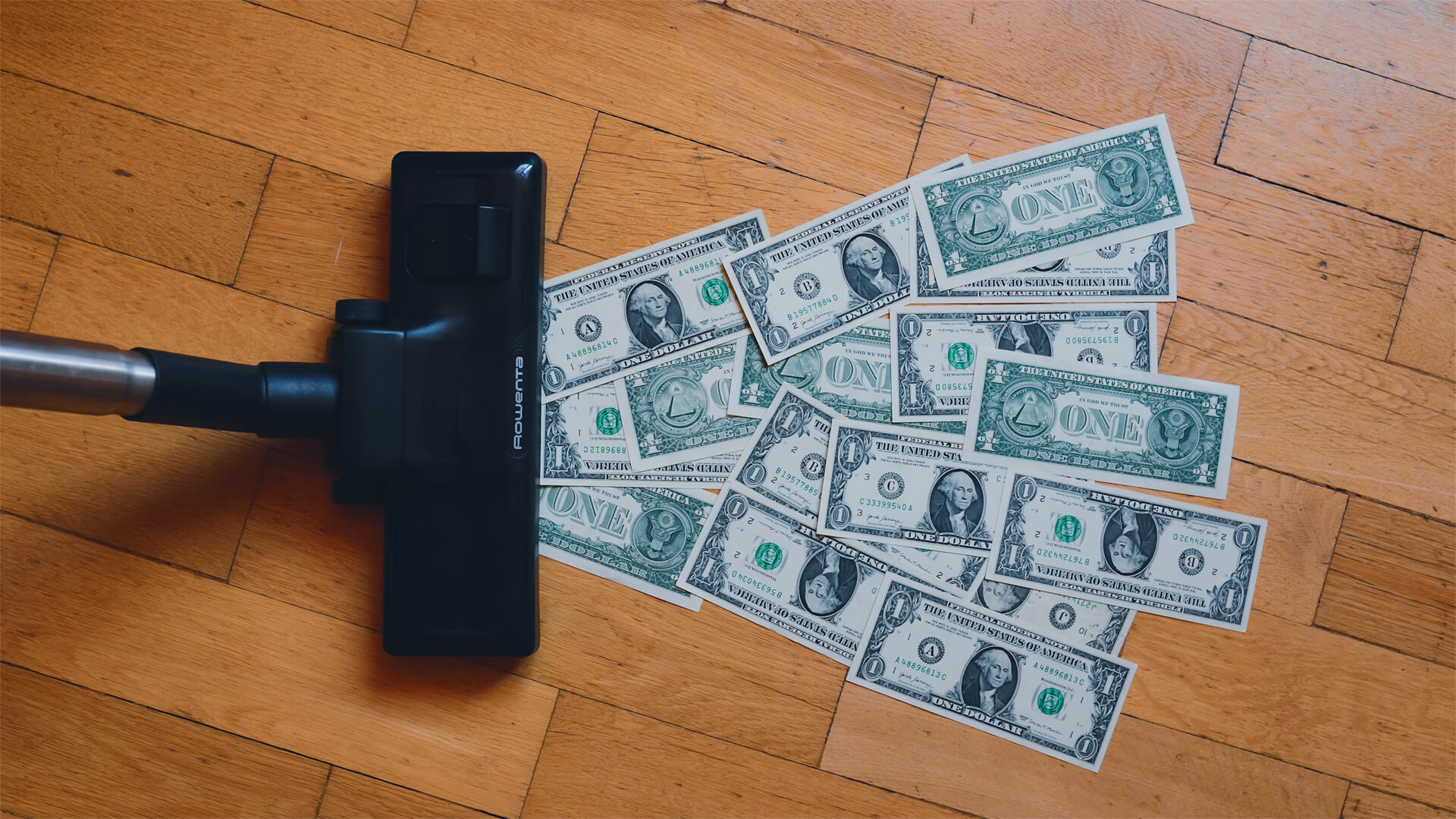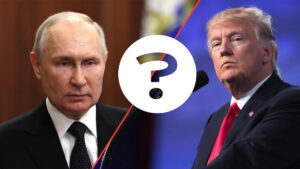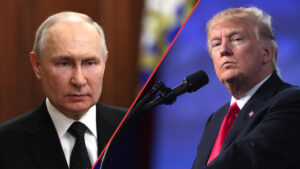We spoke about monetary policy last week, but let’s lift the hood. Today, we’ll be discussing the inflation outlook under Trump’s second term, focusing on tariffs, immigration, and supply chain disruptions.
We’re seeing inflation climb. The consumption-led recession has begun, and as Trump’s tariffs continue to roll out, things will only worsen. Labor shortages, driven by immigration enforcement, are pushing labor costs up. And the impacts to global supply chains are hitting housing, food, and transport.
With a dysfunctional Congress, an understaffed administration, and a Republican party with no real plan…prices will continue to tick up and instability will deepen.
Transcript
Peter Zeihan here. Coming to you from a humid Colorado morning. We’re not used to getting this kind of rain this time of year. Anyway, today we’re going to talk about inflation and what you can expect in the weeks and months ahead. Now, if you remember back, I have been saying since roughly April that, the United States was looking at a consumption led recession in July, and we are in July now.
And the reason is good shortages. The tariffs that Trump put in on April 2nd basically triggered an end to all exports from China, the United States. And China is our number one source of consumer goods. And that ban functionally ban was in place for several weeks. And so nothing left. Everyone’s been living on inventories in July is when I expected starting on the West coast and then moving its way east us to basically start running out of stuff.
And that’ll manifest in inflation numbers. Consumption numbers. The data is very loosey goosey because Trump, like he always does, set a very harsh penalty in early April. And then by the time we got to late May had basically rescinded all of it pending further negotiations, which, by the way, are not happening and not going anywhere. We’re now in a second phase of that where Trump is saying that after his grace period expires, tariffs are going to come back in.
And for most countries, the numbers that he has floated are significant, higher than what he threatened to back in April, suggesting that on the worst case scenario. These tariffs happen as he’s talking about. And we just have a crushing of economic activity and consumer basis around the country. Best case scenario is that he keeps doing this on and off, on and off tariffs where we only have a problem with business uncertainty, which eventually hits industrial development and employment.
But that’s a longer term problem for right now. Let’s talk about inflation.
The US CPI, which for many reasons isn’t the best measure, but it’s really the best that we have that we can assess regularly. Is the consumer price index. And it generally puts out a statement once a month about where inflation is going. The newest numbers that came out of June are 2.7%, which is significantly higher than what we’ve had in the next few months before because the tariffs are starting to kick in.
But you shouldn’t expect the CPI to skyrocket just because of tariffs. Your spending falls into a lot of different buckets, and most of them aren’t goods. In fact, about 60% of total spending is on services. And for services to have significant increases in prices, you have to have a feed through effect that affects goods first and also hits the labor market.
Now, if we’re getting that on the labor market, it’s an immigration issue with the Trump administration now saying they’re not just going to go after people who with criminal records are not just going to be going after people who are actually working, but keeping the nose clean, but happen to be here illegally. They’re also going to go after people with legal protected status and canceling it on shipping them all out. And now that the big beautiful bill is passed, there is funding available to expand the Department of Homeland Security and Immigration and Customs Enforcement. So we should see significant expansions, in labor costs moving forward in an environment where we already have record low unemployment. So this will just feed straight through into inflation. So that’s going to be a problem throughout the services sector for goods.
More specifically there’s three categories to watch. The first and by far the most important. And how is housing. It’s roughly one third of the entire index. You want to build a house, you need four things aluminum, steel, copper and labor. And between the tariffs and the immigration crackdown, the Trump administration has severely constricted the availability of all four of those things, which is grossly retarded New builds.
We’ve seen about a 10% drop in new housing starts since Trump became president. And this is before most of these tariffs even kick in and before the anti-immigration pulse gets really, really strong. So we’re going to be seeing some significant increases in housing prices over the remainder of the year and into the next.
Keep in mind that once you fix these input problems, it generally takes a couple of years before you see meaningful increases in housing builds, because you have to wait for companies to reform. It took us a good six years to recover from the financial crisis and the subprime boom. It won’t take us this long based on how bad the policies get, but this is not something where you just turn a key and all of a sudden you’re back in business.
Next up is food. We still don’t have food tariffs. Trump keeps promising and he says they’re right around the corner. They’re going to be 40%. But they haven’t happened yet. And until they do. The biggest problem with food prices is immigration. Again, because most of the harvesting of things like fruits and vegetables and most of the processing of meats is done by immigrant labor and the Trump administration has started directing Immigration and Customs Enforcement to raid the sites where people would show up for work and sometimes even raid meatpacking plants themselves.
And we’ve already had a number of facilities shut down because of that, because they can’t find Americans to do the job. Number one, Americans don’t want to do the job. Number two, there aren’t any Americans to do the job. Remember, record low unemployment. We have a labor crunch. Third, let’s see. We did the housing. We did food, transport.
Food and transport are both about 13% of the index. And transport really comes down to cars and trucks. And here’s something where we’re all going to be feeling it really soon. The new tariffs that Trump has threatened against Canada and Mexico were over 30%. And most vehicles that are made in North America are made as a team effort with, say, carburetors coming from the United States, engine blocks from Mexico, spark plugs from Canada.
Things go back and forth and back and forth and back and forth and back and forth. And in a tariff environment, that model dies almost overnight. There have been numerous extensions to everything. So I’m not saying convincingly that this is what’s going to happen. Because Trump keeps changing his mind. But if these tariffs go in, there will be no more American made cars functionally, because it’ll be cheaper to make cars abroad and then ship them in and just pay the tariff once instead of having to pay it on every part, more or less.
You’re basically looking at American cars becoming the most expensive vehicles in the American market and out of the reach of most lower and middle income people. One more, drugs. About 5% of the CPI is medications of some form. Trump has announced, without a implication date, a 200% tariff on all imported medications.
Now, this is both indirectly smart and directly dumb. First of directly dumb. There are a lot of high end medications that come from Europe that simply will be unaffordable. And under things like Medicaid and any sort of insurance that you can get, they simply will be ignored completely because no one will be able to fund them. On the lower end, though, your maintenance medications, your lisinopril and things like that.
There’s an argument to be made there that terrorists might be part of a tool kit that would improve drug availability. Right now, all of these easy to make pills that are less than a nickel a pop, are typically made in China and in India. And this has been the case for roughly a decade. And so reshoring that to the United States makes a lot of sense from a medical security and a national security point of view.
And while the cost will undoubtedly go up probably more than double, it’s from such a low base that I don’t think a lot of people are going to really feel it too much. The reason I’m a little bit hesitant this is even in Donald Trump’s mind, is the last time that this was a top of mind issue.
It was during Covid when the situation was the same, and there was a moment early in Covid when the Democrats, the Republicans and the Trump administration were all on the same page on what needed to be done, and Trump couldn’t be bothered to provide the leadership to make it happen. Now we have a broken Congress. We have a broken Republican Party.
We have a scattered Democratic Party and a Trump administration that hasn’t staffed up yet. So the idea that there’s a phase two to the plan beyond big tariffs, I find really dubious because it’s now been five months since Trump became president and we haven’t seen that anywhere.







